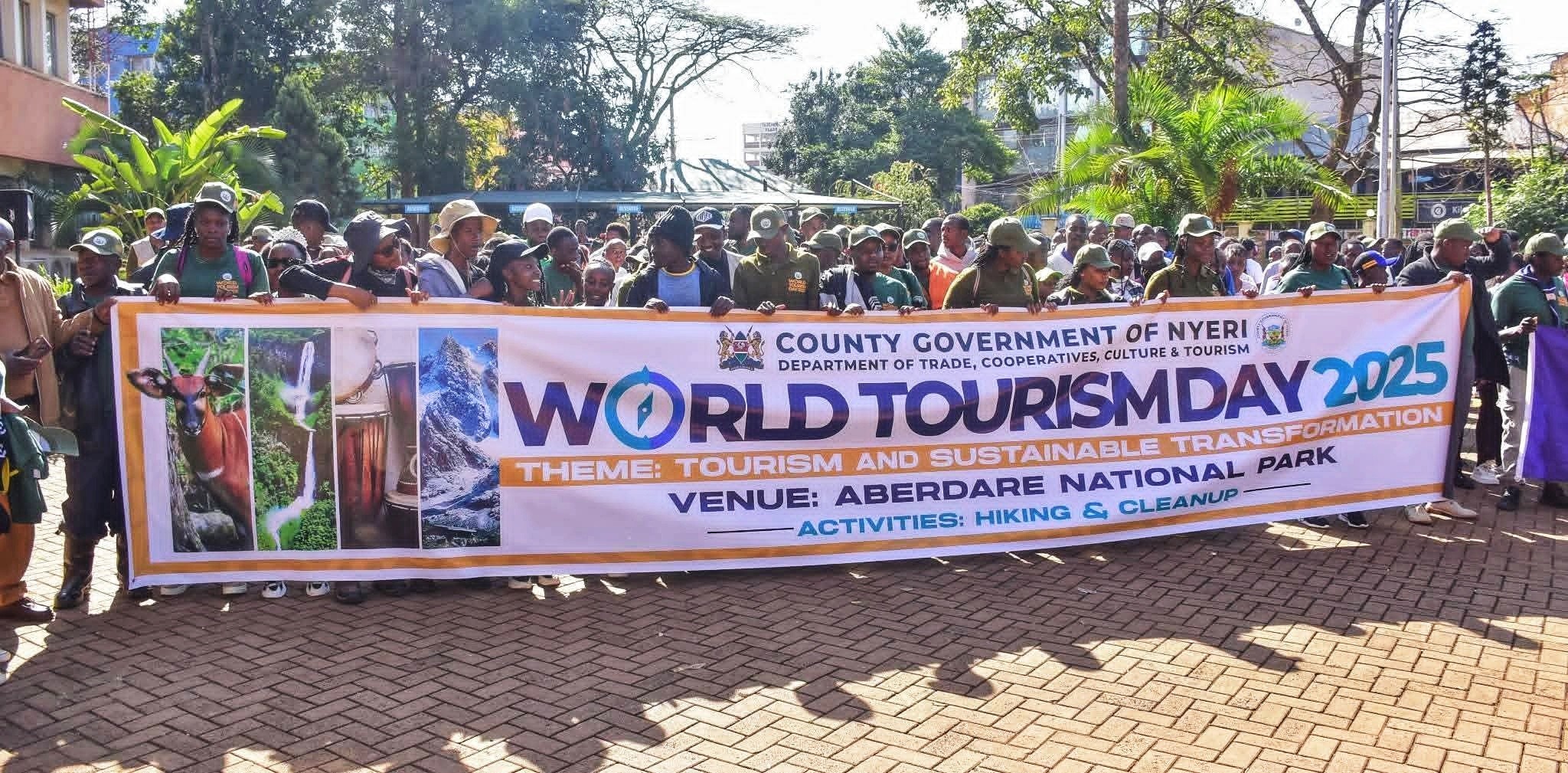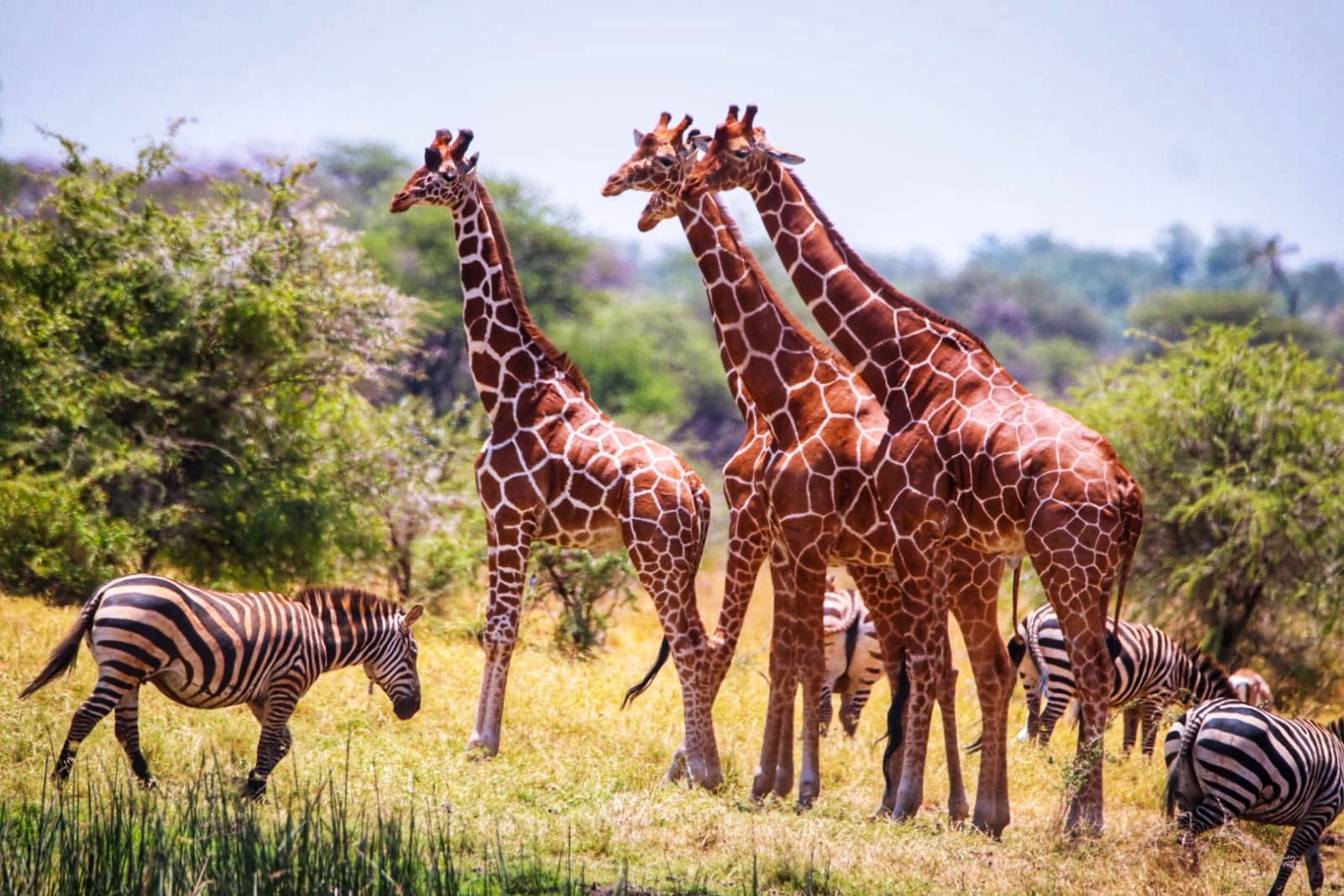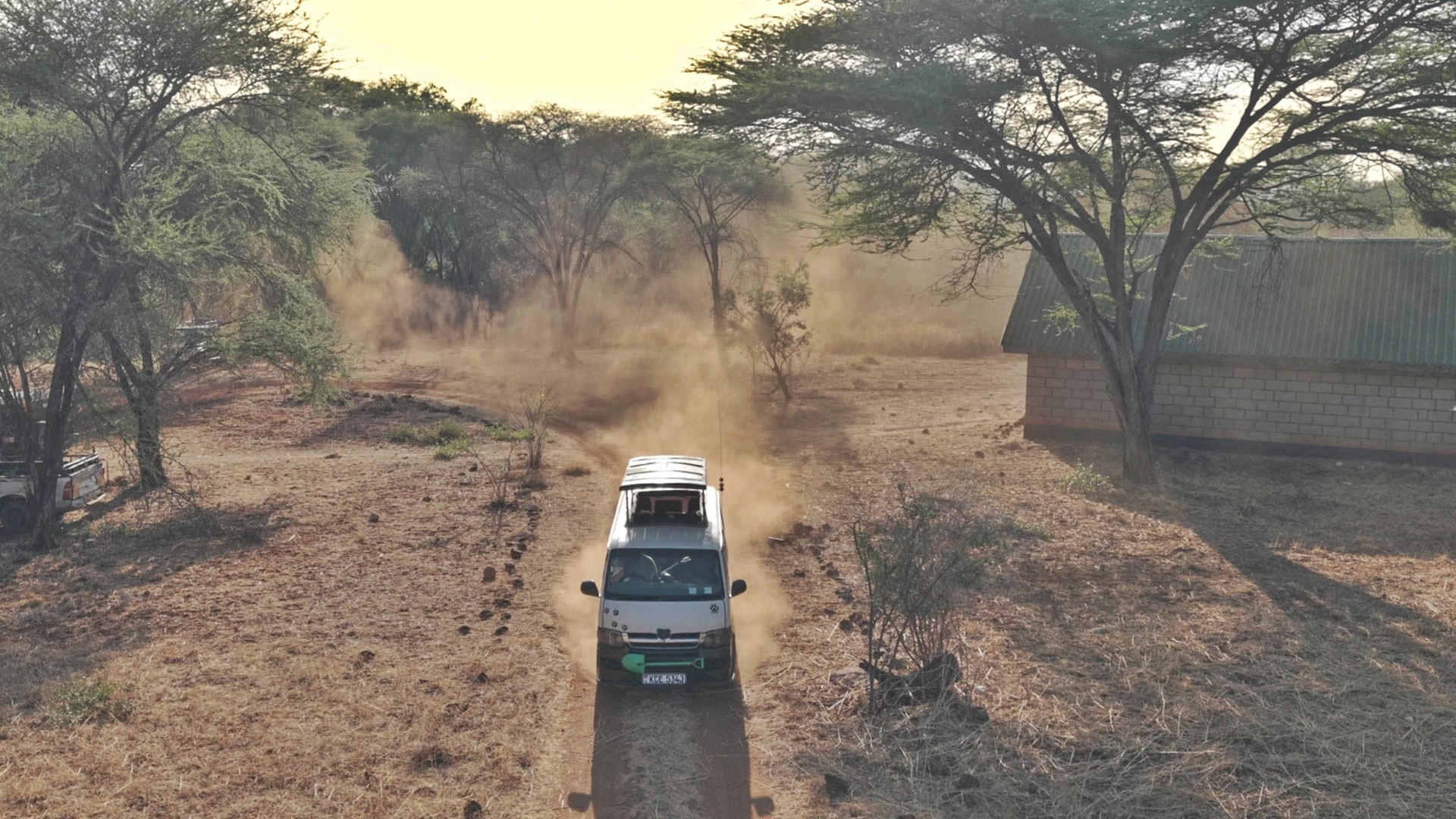Tourism stakeholders have raised alarm over the sudden announcement by the Kenya Wildlife Service (KWS) of a sharp increase in park entry fees, warning that the abrupt move could harm the country’s competitiveness as a global safari destination.
Speaking after the announcement, veteran industry leader Mohamed Hersi cautioned that while operators support higher fees to strengthen conservation, the implementation lacked foresight and risks damaging one of Kenya’s most important industries.

“Tourism is one of Kenya’s most important industries. It creates jobs, supports conservation, and generates billions in taxes through VAT, corporate tax, and PAYE when it thrives. Yet with a single policy move, we risk undermining this vital sector,” Hersi said on an update on his official social media platforms.
The new park entry fees, which were announced with only 48 hours’ notice, leave tour operators scrambling to adjust bookings.
Hersi explained that tourism works on long-term contracts, with packages sold 12 to 18 months in advance in international markets bound by strict consumer protection laws.
“A sudden policy shift with barely two days’ notice leaves operators scrambling. It undermines confidence in Kenya as a reliable destination. Business is built on planning and planning requires predictable rules,” he noted.

Industry comparisons further show that Kenya is already among the most expensive destinations in the region.
Non-resident entry fees are as follows: USD 200 for the Maasai Mara during the peak season (July–December), USD 100 for the low season, USD 80 for Amboseli and Lake Nakuru, and USD 100 for Nairobi National Park. In contrast, Tanzania’s Serengeti and Ngorongoro charge USD 70–80, South Africa’s Kruger National Park USD 25–30, Namibia’s Etosha USD 10–15, and Botswana’s Chobe USD 20–25.
“The evidence is clear: Kenya is already charging far more than our competitors. Benchmarking against Rwanda or Uganda’s gorilla trekking permits is misleading. Those are niche products, not standard daily entry fees,” Hersi stressed.
Stakeholders fear that sudden hikes could discourage visitors, ultimately hurting both tourism and conservation.
“If tourism suffers, conservation will suffer too. Park fees alone cannot sustain KWS. When arrivals decline, government revenues also dry up,” Hersi warned.
Calling for more brilliant policy execution, he urged the government to adopt long-term planning, similar to that of globally competitive economies.
“This is not how countries like Singapore built their global competitiveness. They did so by ensuring stability, predictability, and smart long-term planning, values we should emulate.”
Despite his concerns, Hersi expressed optimism in Kenya’s tourism potential but appealed to authorities to avoid what he described as “self-sabotage.”
“I remain an optimist. Kenya has world-class wildlife and tourism potential second to none. What we need is better policy execution. Fee adjustments should be phased in gradually, with 12–18 months’ notice, allowing businesses to adapt without chaos,” he said, addressing President William Ruto and Tourism Cabinet Secretary Rebecca Miano directly.
“We want tourism to work, but giving only 48 hours’ notice for such a critical change is nothing short of self-sabotage. Let us not undermine ourselves just as we seek to grow arrivals and strengthen conservation.”

